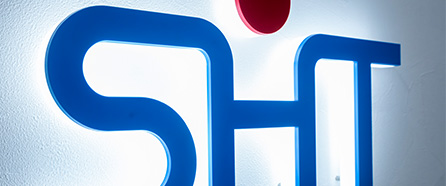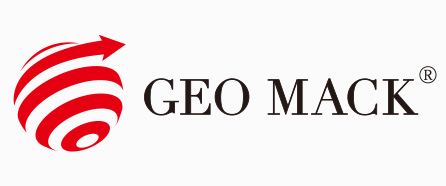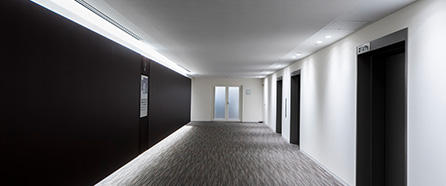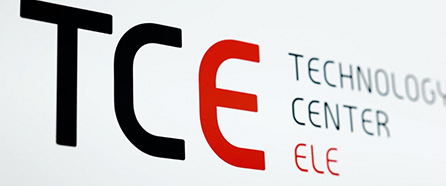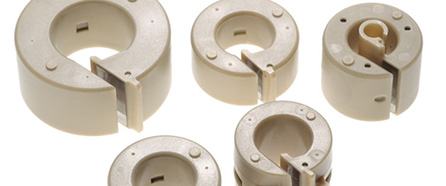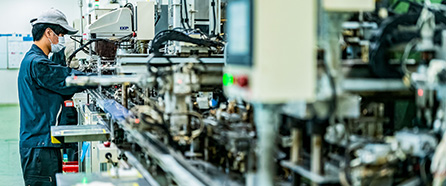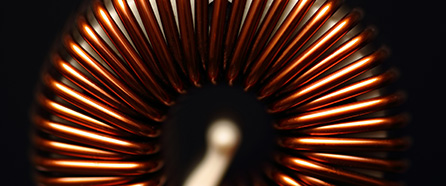SHT is the market leader in Japan for current sensors used in EVs and other vehicles, offering a full line of cores including wound cores using electrical steel, laminated cores, and molded cores made with injection molding technology. We use our proprietary partial molding manufacturing technology to provide ultrasonically welded casing cores employing our partially molded cores.
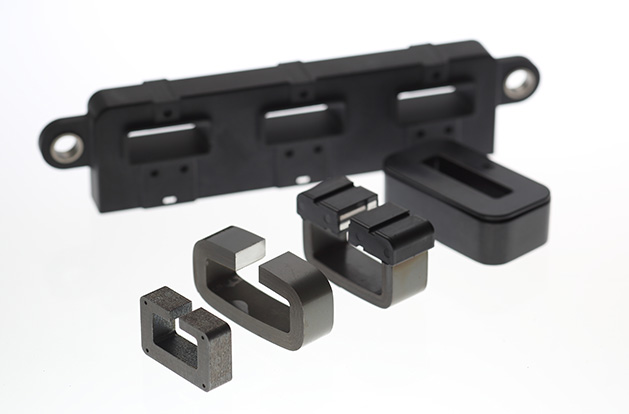
Product characteristics
We offer a full lineup of sensor cores to meet customer needs.
We offer optimum solutions for customer requirements.
With an automated production system that can produce everything from cores to monolithic moldings and casings, we can offer a broad range of innovative proposals.
- High-precision automated manufacturing technology that takes full advantage of the material properties of grain-oriented electrical steel sheet
- Molding technology that produces consistent dimensional precision.
- Burrs are completely eliminated by molding and gap shearing
- automated production from cores to moldings
- Our international network allows us to provide a stable supply of sensor cores, with total annual production of more than 16 million units!
- We are constantly improving and expanding our production system to meet future needs.
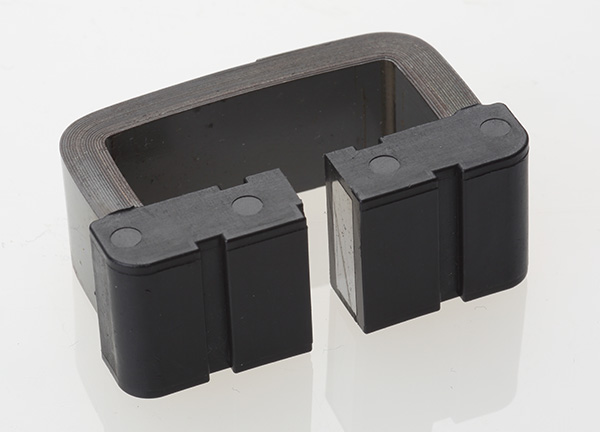
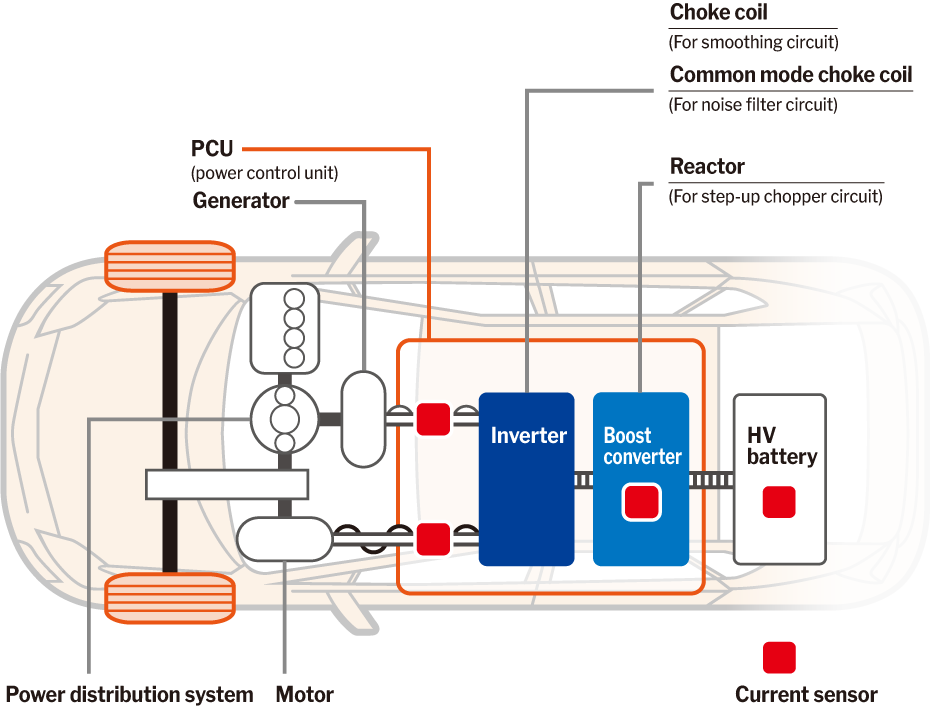
Sales ratio
of wound and laminated cores

Sales Ratio
by Application

Sales Ratio
by Domestic and Overseas

- The above pie chart is calculated based on the quantity of cores.
- For example, if a single case or mold contains multiple cores, the calculation is based on the quantity of cores contained within.
Sensor Core Sales History

Laminated Core Wound Core with Casing Wound Core with Coil Wound Core with Molding Wound Core
- The quantity in the bar graph is based on the quantity as a finished product.
Magnetic characteristics control assures reliably consistent quality!
Common quality assurance
- Confirm that electrical steel meets specifications based on steel manufacturers mill sheet.
- Check annealing temperature with thermograph.
- Check external dimensions, gap dimensions with gauge.
SHT’s quality assurance
In addition to the conventional checklist, we check magnetic properties with a coercimeter.
We work with the customer to set quality control standards based on correlation data from coercimeters in consultation with the customer.
- Variation in material properties
- Variation in annealing (temperature and position)
- Variation in stress during processing
* Comprehensive management of factors affecting variation of properties
SHT supports product development with new ideas!


Various proposals made possible by an integrated manufacturing system!
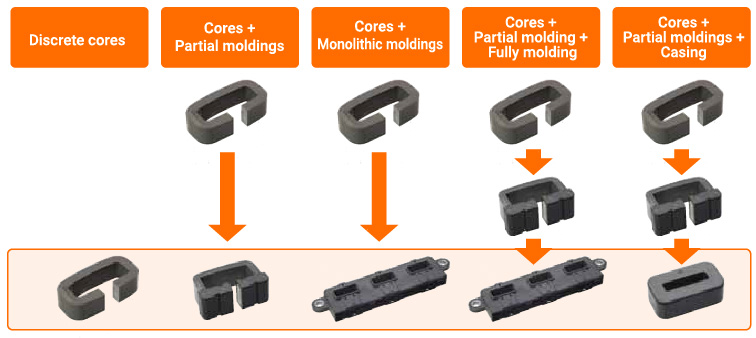
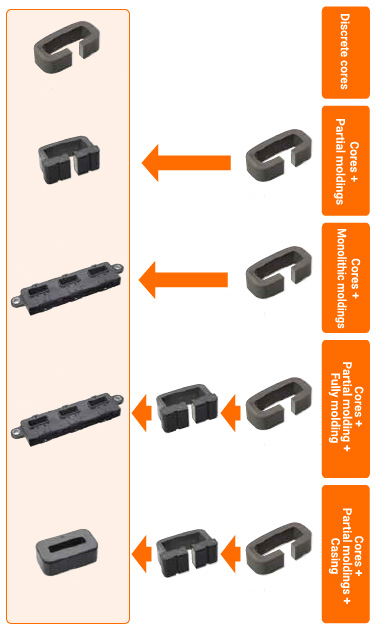
Magnetic and electrical characteristics support
- SHT supports all required test measurements (0 – 1600 A) with our magnetic and electrical characteristics measurement environment.
Magnetic properties : Residual flux density (Br), saturation (B-H characteristic), linearity
Electrical properties : Withstand voltage test of fully moldings
Product lineup
Wound core
|
|
|---|---|
Laminated core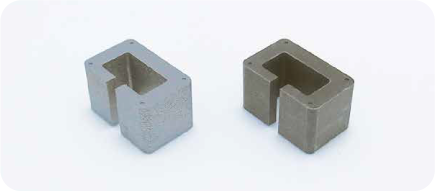
|
|
Partially molded core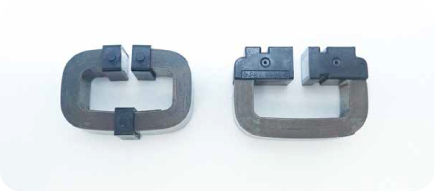
|
|
Fully molded core
|
|
Casing core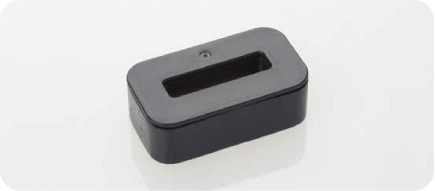
|
|
Magnetically balanced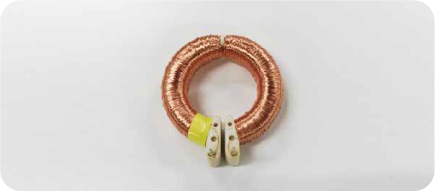
|
|

